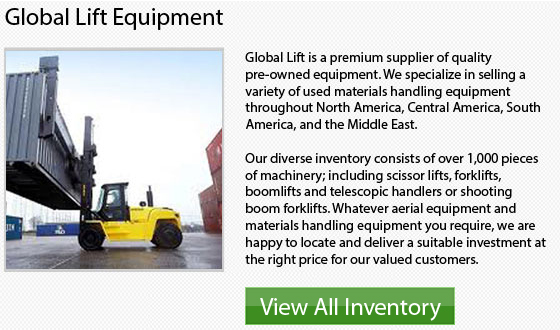
In order to help you choose the correct Forklift Tire and Compound, we will ask you to think about the following factors: type of fuel used; standard weight of load; standard length of your run; kinds of problems you are having; type of surfaces the forklift runs on; whether or not your forklift operates over dock plates; percentage of time and number of shifts the forklift is loaded; and the average speed and the top speed of your forklift
There are certain terms which describe various characteristics of tires. It can help to know what they mean. The term Durometer refers to the hardness of forklift tires. The range is typically from 83 to 95, the number increasing with the hardness of the tire. Most of the tires manufactured today fall within a couple of standard industry classifications.
The driver can have a more comfortable ride if the tires are softer. They are preferable for applications which require frequent maneuvering because they provide better traction. They are could better tolerate driving over floor debris. For uses which need long runs and maximum speed, soft tires are not suggested. They are made of softer compounds which tend to heat up and wear more quickly than hard tires.
Harder tires are suitable for use requiring multiple shifts, long runs and high speeds. They are better than soft tires for maximum loads, and they would last longer and wear better. Hard tires give a less comfortable ride and are less forgiving of floor debris. They have the tendency to be more energy efficient since they offer less resistance.
For general applications, it is recommended to use Universal Compound tires. These are all-around tires that combine a lot of advantages.